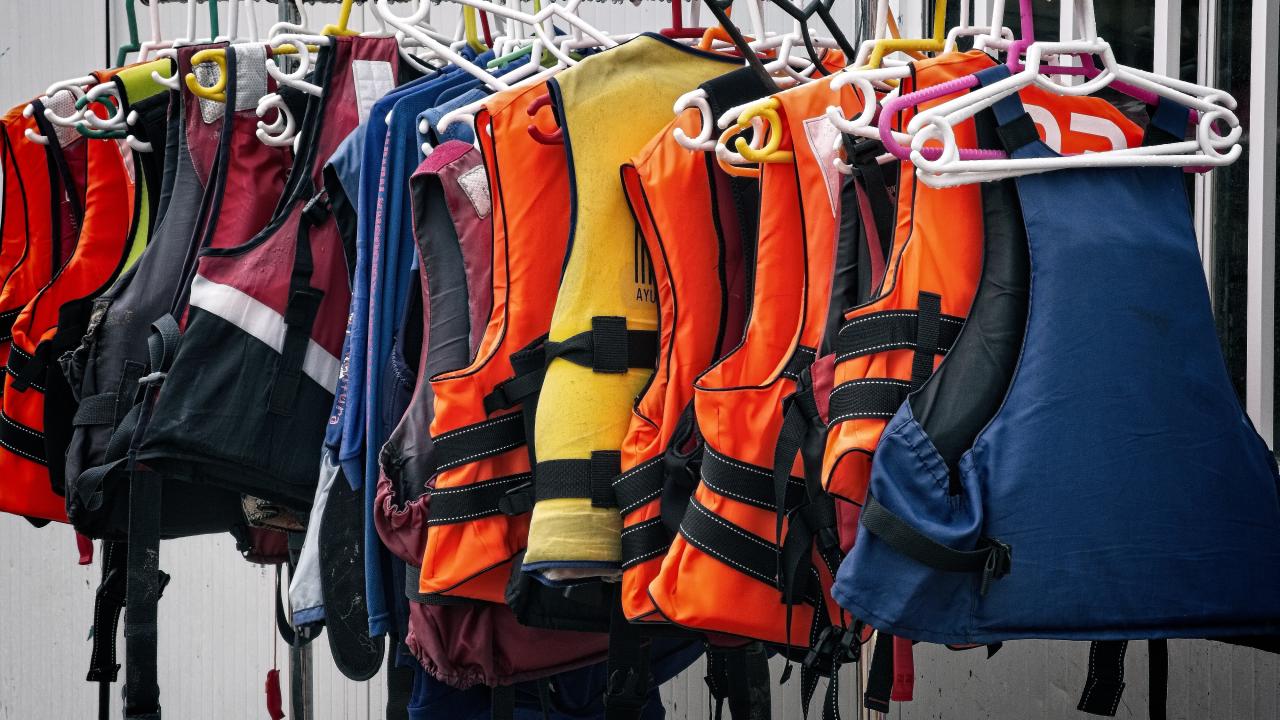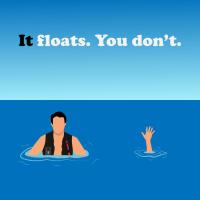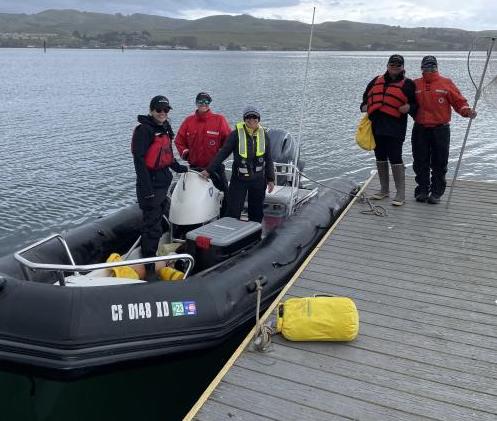
Water Safety
Most of us enjoy a day on or near the water, and images of soft waves, turquoise blue water, white sand, fresh air, and cool breezes instantly flood our minds. There is an endless number of water activities that come to mind: surfing, sailing, fishing, snorkeling, diving, swimming, canoeing, kayaking, water skiing, just to name a few. For some of us, in our day-to-day jobs we can also find ourselves on the water – in my case, when looking for oiled wildlife during spill events, or when doing research. Whatever the case may be, recreational or not, it is always a good idea to review both obvious or hidden dangers of being on or around water so they can be mitigated or avoided altogether.

Always Wear a Life Jacket
Also called a “Personal Floatation Device (PFD). It is important that it is properly sized and Coast Guard approved. It is also important to understand the differences between the different types of PFDs and which one is appropriate for the boating/water sport that you are engaging in. For more information, look here.
Weather
Before any outing it is important to check current and future weather forecasts (temperature, wind speed/direction, precipitation, wave swell and heights, tides, river flows, high surf advisories, visibility). Weather can change quickly, so knowing what to expect and planning ahead can help protect you and your group. A reliable website for checking weather is the NOAA National Weather Service.

Always Leave a Copy of Your Float Plan With a Responsible Person
A Float Plan is a plan that is filled out prior to each trip that has a shore-based contact that will notify the appropriate individuals and/or authorities if the individual or group does not return or check-in within a prescribed time frame. Remember: your Float Plan does not have to be formal – just always make sure someone you trust knows (1) where you are going, (2) who you are with, and (3) what time you expect to be back.
A Few Key Points & Reminders
- You must constantly be aware of your resources and surroundings
- To be effective, Life Jackets and Personal Floatation Devices (PFD’S) must be worn when working in or over water
- Most drowning victims are within 10 feet from safety
- Cold water immersion can cause drowning in less than 1 minute
- Waves and water currents can overpower and overwhelm trained professional athletes
This blog, by far, only touches on some key aspects of water safety. If you want more in depth training, I suggest checking out these websites:
FREE Online Course on Paddle Craft Safety
Happy boating, and please be safe!
- Kyra
